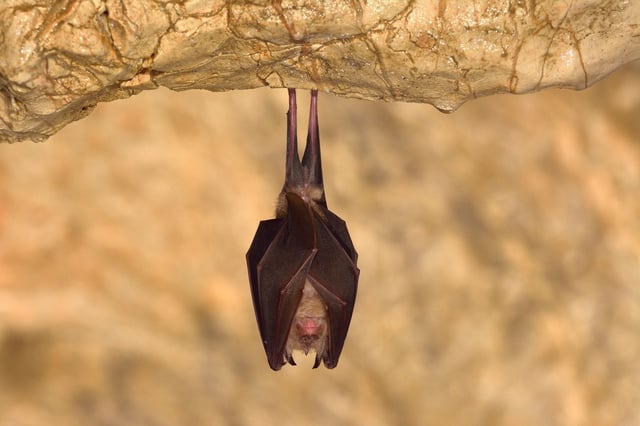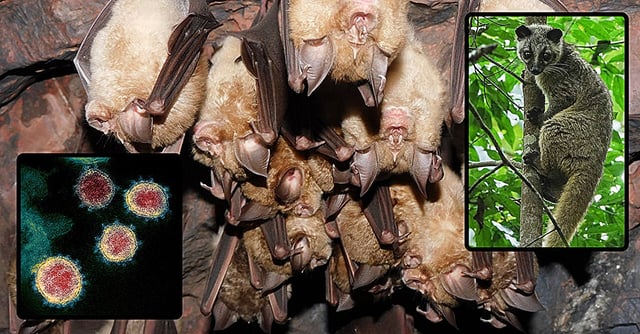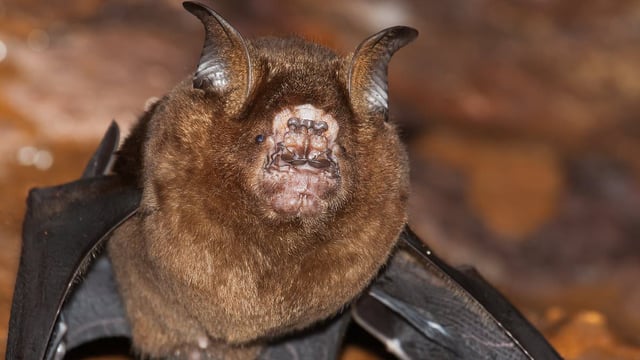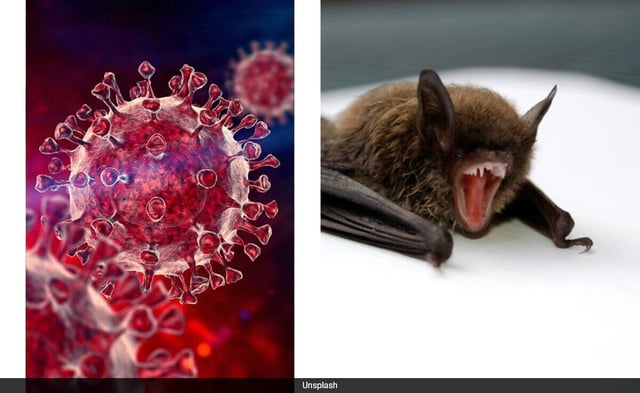Overview
- Researchers from UC San Diego and collaborators analyzed non-recombining regions of the SARS-CoV-2 genome to trace its evolutionary path.
- The study found that the virus's ancestor left bat populations in Western China or Northern Laos 5–7 years before the Wuhan outbreak, too quickly for natural bat migration.
- Evidence suggests the virus likely traveled to Wuhan through wildlife trade intermediaries, similar to the 2002 SARS outbreak involving palm civets and raccoon dogs.
- The findings undermine lab-leak theories by highlighting parallels between SARS-CoV-2 and the natural emergence of SARS-CoV-1.
- Scientists emphasize the need for continued surveillance of bat populations to predict and mitigate future zoonotic disease outbreaks.



